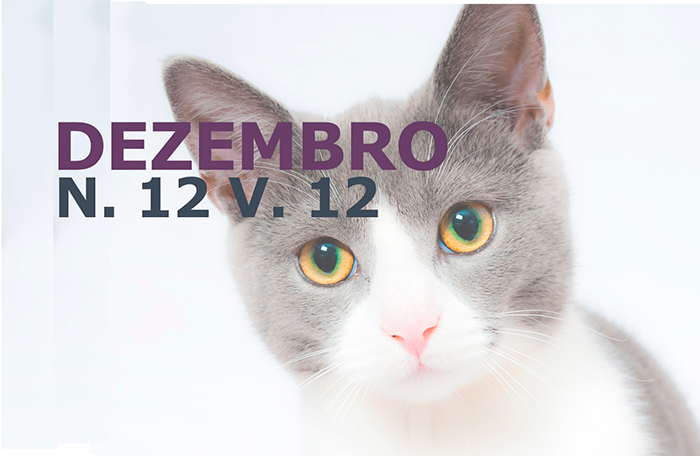Puberty anticipation strategies in pre-pubescent heifers Bos Taurus indicus
DOI:
https://doi.org/10.31533/pubvet.v12n12a225.1-6Keywords:
reproductive efficiency, bovine females, puberty induction, sexual precocityAbstract
Brazilian cattle breeding is one of the largest world powers in the production of animal protein, but it is a production characterized by low efficiency when compared to first world countries. The national herd is predominantly Bos taurus indicus, with most of the animals presenting low reproductive response due to the seasonality of the forages, the inadequate pasture management and the absence of supplementation during the growth period. New reproductive biotechnologies have emerged in recent decades and some improvements in reproductive rates have taken place. However, the sexual precocity of heifers continues to be lacking, since most become pubescent at an age greater than would be ideal from the economic point of view, resulting in advanced age at first calving, lower calf production during useful productive life, fewer females for replacement, etc. In order to solve this problem, researchers have studied the factors that influence the manifestation of puberty in these females as well as strategies for the anticipation of this event, which allows an increase in reproductive efficiency with the highest number of calves produced by females during their life. The objective with this study was to review the literature on the physiological mechanism of establishment of puberty, the factors that influence it, and to approach strategies to anticipate it.
Downloads
Published
Issue
Section
License
Copyright (c) 2018 Felipe Martins Batista Silva, Dyomar Toledo Lopes, Henrique Trevizoli Ferraz, Marco Antônio de Oliveira Viu, Dirceu Guilherme de Souza Ramos, Klaus Casaro Saturnino, Cássio Aparecido Pereira Fontana, Jucielly Machado Amado Silva, Flavia Viana Leso

This work is licensed under a Creative Commons Attribution 4.0 International License.
Você tem o direito de:
Compartilhar — copiar e redistribuir o material em qualquer suporte ou formato
Adaptar — remixar, transformar, e criar a partir do material para qualquer fim, mesmo que comercial.
O licenciante não pode revogar estes direitos desde que você respeite os termos da licença. De acordo com os termos seguintes:
Atribuição
— Você deve dar o crédito apropriado, prover um link para a licença e indicar se mudanças foram feitas. Você deve fazê-lo em qualquer circunstância razoável, mas de nenhuma maneira que sugira que o licenciante apoia você ou o seu uso. Sem restrições adicionais
— Você não pode aplicar termos jurídicos ou medidas de caráter tecnológico que restrinjam legalmente outros de fazerem algo que a licença permita.





